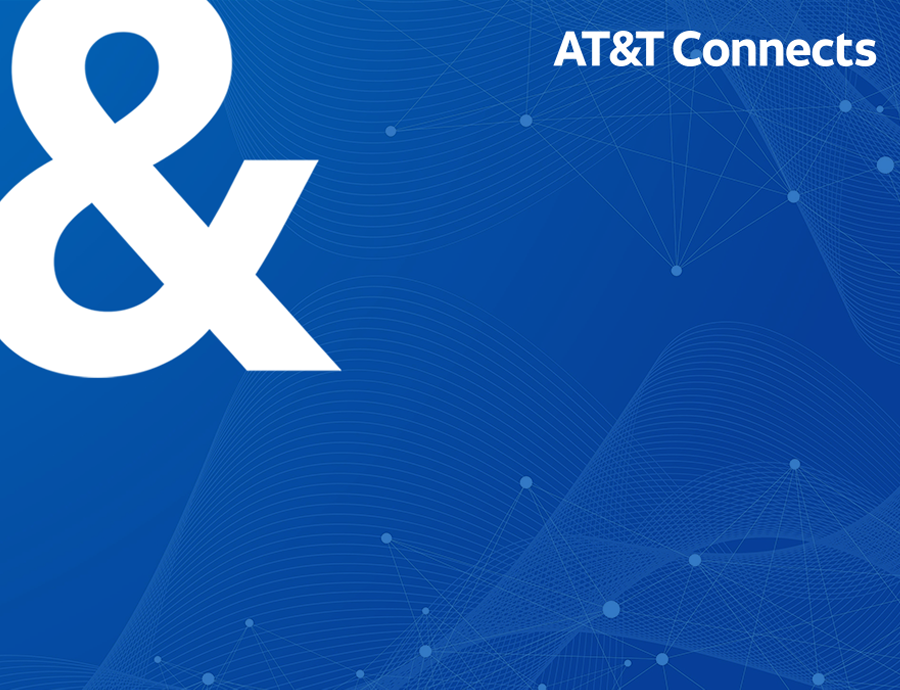The preliminary results of the FCC’s Rural Digital Opportunity Fund (RDOF) auction are now public and while it is a long road from auction results to authorization of funding to actual deployment, the results have significant implications for U.S. broadband policy. The locations covered in the Phase I auction represent the rural locations that are most difficult to serve. For Phase I, imprecise mapping information led the FCC to set aside all partially served U.S. census blocks (areas where at least one provider reported that it served at least one customer with a 25/3 Mbps service). Phase I instead focused on census blocks where there was agreement that no one was providing broadband service at that speed.
All in, the FCC targeted about 5.3 million rural locations with a budget of $16B to serve them. Yet in the end, given the competitive nature of the auction, the Commission will award much less to the winners of this auction – up to $9.2B. The remaining $6.8B will be added to the $4.4B set aside for Phase II, which includes all areas reported to be partially served and, in theory, are therefore closer geographically to networks that have already been deployed.
These results suggest that the cost of fully addressing the broadband availability gap may be much less than many currently anticipate. To be sure, average per location support awarded via Universal Service Fund (USF) programs has consistently gone down – from $2,400 in the Connect America Fund Phase II (CAF-II) model-based framework, to $2,000 in the CAF II auction to $1,700 in RDOF Phase I, with some large winners winning at substantially less. For example, Charter, which has said it is seeking to expand its HFC footprint, won support for over 1 million locations at an average of $1,156/location. SpaceX, perhaps the most surprising big winner, won support for 643K locations at $1,377/location.
Implication No. 1: The results raise important questions around how much subsidy will be needed to attract deployment to serve the remaining unserved locations that will be auctioned in Phase II. Until we have precise deployment data, we will not know how many locations currently remain unserved. Estimates suggest that it may be as much as 5 million additional locations. However, given that these locations are closer to existing deployments, there is reasonable basis to believe that the $11.2B currently earmarked for that effort may be sufficient.
Equally surprising, 99% of the locations won in RDOF were bid at the 100/20 Mbps tier or better (with 85% promising gigabit speeds). That suggests that the majority of the RDOF winners will, over the length of the 10-year period of this program, deploy fiber to these locations. The remaining 15%, including the 643K locations won by SpaceX across 35 states, will be covered by wireless or satellite service at 100/20 Mbps.
Implication No. 2: If all the RDOF winners meet their commitments, we may be on track to resolve a big part of the rural broadband “availability” gap, but it will not resolve the “affordability” gap in these areas, which is likely to persist, particularly for services at 100 Mbps or better.
RDOF winners are required to offer service at rates that are comparable to their urban rates or the FCC’s “comparable rate benchmark,” which for 2021 is $107.58 for 100/20 Mbps and $133.52 for Gigabit/500 Mbps. LTD Broadband, which currently provides fixed wireless broadband service in rural areas of IA, MN, NE, SD and WI, was the fourth largest winner of rural locations at auction. Per its website, its current residential 25 Mbps service starts at $80/month. And in October, SpaceX began a public beta test with its service priced at $99/month.
While much more data is needed for an informed analysis, the auction results suggest that as the winning providers roll out these subsidized high-speed services, many rural households may need help to afford them.
The auction also delivered some surprising winners. As noted above, SpaceX blasted into the auction and emerged a big winner. SpaceX is new to the broadband scene, and the big question that remains for SpaceX – as well as for wireless internet service providers (WISPs) like LTD Broadband that won big in this auction – is whether capacity constraints will limit their ability to deliver on their auction commitments of providing every location with service at the required speed. That story is one that remains to be told as deployment milestones and performance testing requirements kick in.
In the end, the auction appears to have paved a solid path toward addressing the broadband availability problem in rural America in an economical and sustainable way. But experience suggests that broadband availability is a significantly different proposition than broadband adoption. Actual fixed broadband adoption rates, in urban and rural markets, often fall well below those assumed by the FCC USF models, as many customers simply prefer the convenience of mobile solutions.
There is growing consensus that broadband is essential for 21st century connectivity. As policymakers continue to debate both the availability and the affordability gaps, the RDOF auction results must be analyzed and understood to ensure that any future dollars are properly targeted to both the right geography and the right problem, which may increasingly become one of adoption and affordability.



